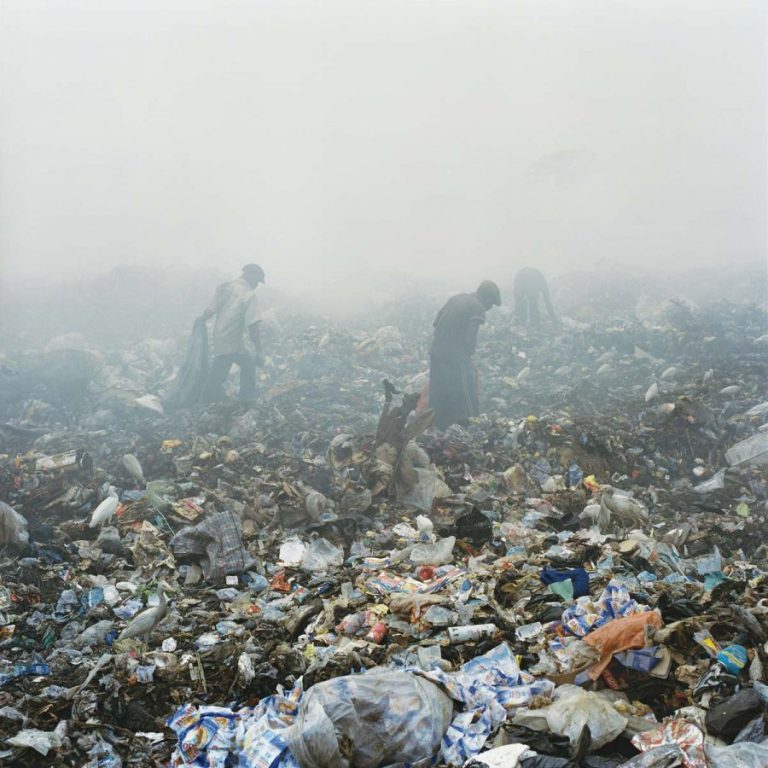By Ezekiel David
According to a new study, Lagos, Nigeria, produces the highest plastic pollution of the 57 million tonnes of plastic waste generated annually in the world.
Published in the journal Nature by the University of Leeds, the research highlights that over two-thirds of this pollution originates from the Global South.
The study estimates that the annual global plastic waste—around 52 million metric tonnes—could fill New York City’s Central Park to the height of the Empire State Building. Researchers analysed waste data from over 50,000 cities and towns worldwide, focussing on plastic that ends up in the environment rather than in landfills or incinerators.
Lagos leads the list of major plastic-polluting cities, followed by New Delhi, Luanda in Angola, Karachi in Pakistan, and Cairo in Egypt. India is the top contributor to global plastic pollution, producing 10.2 million tonnes annually—more than double the output of Nigeria, which ranks second, followed by Indonesia. China, often criticised for pollution, ranks fourth but has made significant strides in reducing waste. Other major contributors include Pakistan, Bangladesh, Russia, and Brazil, with these eight countries accounting for over half of the world’s plastic pollution.
The study found that for 15% of the global population, local governments fail to collect and properly dispose of waste, significantly contributing to plastic pollution in regions like Southeast Asia and Sub-Saharan Africa. This lack of waste management infrastructure in the Global South is a major driving force behind the high levels of pollution.
In response to the growing crisis, most nations agreed in 2022 to create the first legally binding treaty on plastic pollution, including marine waste. Final negotiations for this treaty are scheduled for November in South Korea.
The study utilised artificial intelligence to focus on plastics that are either improperly burned or dumped, which make up about 57% of the pollution. These processes release microplastics and nanoplastics, which pose significant threats to human health. Study author Costas Velis emphasised that microplastics are now widespread, found in remote areas like Everest’s peaks and the Mariana Trench, as well as in the air we breathe, the water we drink, and the food we eat.
Velis cautioned against blaming the Global South for the pollution, attributing it instead to a lack of resources and inadequate waste management systems.
Some experts contend that stressing pollution instead of production risks underplaying the bigger picture of plastic manufacturing, which is a major cause of greenhouse gas emissions. Still, others draw attention to the growing concern over the trade in plastic garbage, which exports waste from wealthy nations to developing nations. Despite the fact that the study indicates a decline in this trade, some contend that it may still be growing because trash shipments from Europe have increased dramatically in recent years.
The plastics industry acknowledged the study’s findings, with Chris Jahn, secretary of the International Council on Chemical Associations, stressing the importance of improving waste management systems to tackle the issue. However, the industry remains opposed to capping plastic production, even as the United Nations warns that global plastic production could triple by 2050.
(Source: AP)
